Classmates.com 2010 Annual Report Download - page 116
Download and view the complete annual report
Please find page 116 of the 2010 Classmates.com annual report below. You can navigate through the pages in the report by either clicking on the pages listed below, or by using the keyword search tool below to find specific information within the annual report.-
 1
1 -
 2
2 -
 3
3 -
 4
4 -
 5
5 -
 6
6 -
 7
7 -
 8
8 -
 9
9 -
 10
10 -
 11
11 -
 12
12 -
 13
13 -
 14
14 -
 15
15 -
 16
16 -
 17
17 -
 18
18 -
 19
19 -
 20
20 -
 21
21 -
 22
22 -
 23
23 -
 24
24 -
 25
25 -
 26
26 -
 27
27 -
 28
28 -
 29
29 -
 30
30 -
 31
31 -
 32
32 -
 33
33 -
 34
34 -
 35
35 -
 36
36 -
 37
37 -
 38
38 -
 39
39 -
 40
40 -
 41
41 -
 42
42 -
 43
43 -
 44
44 -
 45
45 -
 46
46 -
 47
47 -
 48
48 -
 49
49 -
 50
50 -
 51
51 -
 52
52 -
 53
53 -
 54
54 -
 55
55 -
 56
56 -
 57
57 -
 58
58 -
 59
59 -
 60
60 -
 61
61 -
 62
62 -
 63
63 -
 64
64 -
 65
65 -
 66
66 -
 67
67 -
 68
68 -
 69
69 -
 70
70 -
 71
71 -
 72
72 -
 73
73 -
 74
74 -
 75
75 -
 76
76 -
 77
77 -
 78
78 -
 79
79 -
 80
80 -
 81
81 -
 82
82 -
 83
83 -
 84
84 -
 85
85 -
 86
86 -
 87
87 -
 88
88 -
 89
89 -
 90
90 -
 91
91 -
 92
92 -
 93
93 -
 94
94 -
 95
95 -
 96
96 -
 97
97 -
 98
98 -
 99
99 -
 100
100 -
 101
101 -
 102
102 -
 103
103 -
 104
104 -
 105
105 -
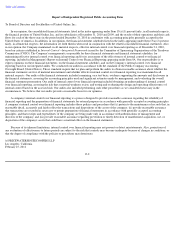 106
106 -
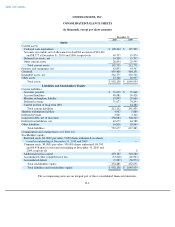 107
107 -
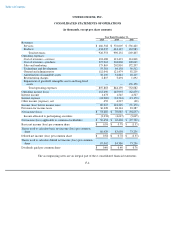 108
108 -
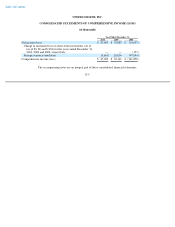 109
109 -
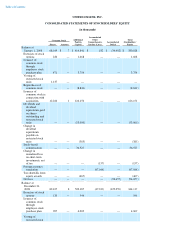 110
110 -
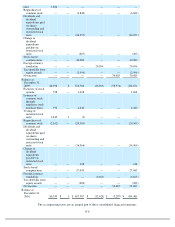 111
111 -
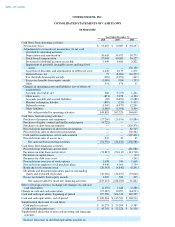 112
112 -
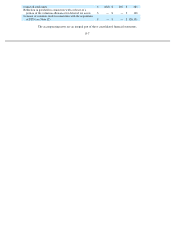 113
113 -
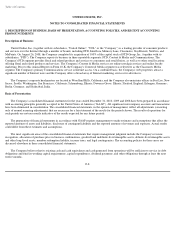 114
114 -
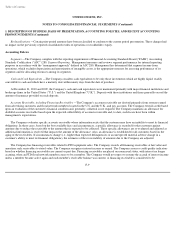 115
115 -
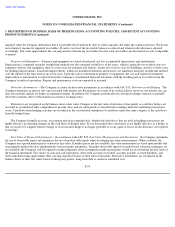 116
116 -
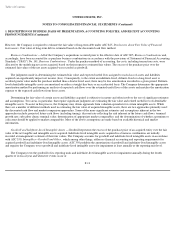 117
117 -
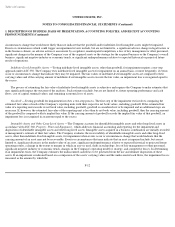 118
118 -
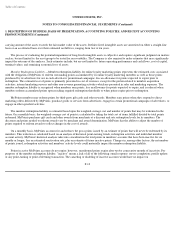 119
119 -
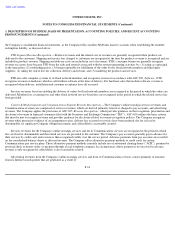 120
120 -
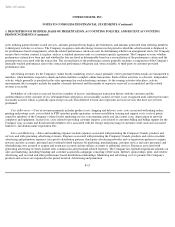 121
121 -
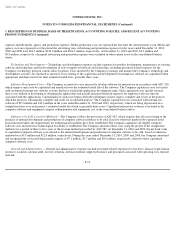 122
122 -
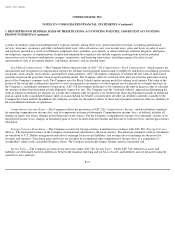 123
123 -
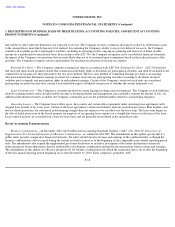 124
124 -
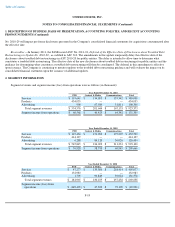 125
125 -
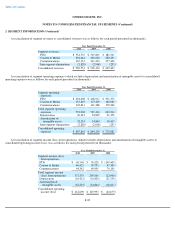 126
126 -
 127
127 -
 128
128 -
 129
129 -
 130
130 -
 131
131 -
 132
132 -
 133
133 -
 134
134 -
 135
135 -
 136
136 -
 137
137 -
 138
138 -
 139
139 -
 140
140 -
 141
141 -
 142
142 -
 143
143 -
 144
144 -
 145
145 -
 146
146 -
 147
147 -
 148
148 -
 149
149 -
 150
150 -
 151
151 -
 152
152 -
 153
153 -
 154
154 -
 155
155 -
 156
156 -
 157
157 -
 158
158 -
 159
159 -
 160
160 -
 161
161 -
 162
162 -
 163
163 -
 164
164 -
 165
165 -
 166
166 -
 167
167 -
 168
168 -
 169
169 -
 170
170 -
 171
171 -
 172
172 -
 173
173 -
 174
174 -
 175
175 -
 176
176 -
 177
177 -
 178
178 -
 179
179 -
 180
180 -
 181
181 -
 182
182 -
 183
183 -
 184
184 -
 185
185 -
 186
186 -
 187
187 -
 188
188 -
 189
189 -
 190
190 -
 191
191 -
 192
192 -
 193
193 -
 194
194 -
 195
195 -
 196
196 -
 197
197 -
 198
198 -
 199
199 -
 200
200 -
 201
201 -
 202
202 -
 203
203 -
 204
204 -
 205
205 -
 206
206 -
 207
207 -
 208
208 -
 209
209 -
 210
210 -
 211
211 -
 212
212 -
 213
213 -
 214
214 -
 215
215 -
 216
216 -
 217
217 -
 218
218 -
 219
219 -
 220
220 -
 221
221 -
 222
222 -
 223
223 -
 224
224 -
 225
225 -
 226
226 -
 227
227 -
 228
228 -
 229
229 -
 230
230 -
 231
231 -
 232
232 -
 233
233 -
 234
234 -
 235
235 -
 236
236 -
 237
237 -
 238
238 -
 239
239 -
 240
240 -
 241
241 -
 242
242 -
 243
243 -
 244
244 -
 245
245 -
 246
246 -
 247
247 -
 248
248 -
 249
249 -
 250
250 -
 251
251 -
 252
252 -
 253
253 -
 254
254 -
 255
255 -
 256
256 -
 257
257 -
 258
258 -
 259
259 -
 260
260 -
 261
261 -
 262
262 -
 263
263 -
 264
264 -
 265
265 -
 266
266 -
 267
267 -
 268
268 -
 269
269 -
 270
270 -
 271
271 -
 272
272 -
 273
273 -
 274
274 -
 275
275 -
 276
276 -
 277
277 -
 278
278 -
 279
279 -
 280
280 -
 281
281 -
 282
282 -
 283
283 -
 284
284 -
 285
285 -
 286
286 -
 287
287 -
 288
288 -
 289
289 -
 290
290 -
 291
291 -
 292
292 -
 293
293 -
 294
294 -
 295
295 -
 296
296 -
 297
297 -
 298
298 -
 299
299 -
 300
300 -
 301
301 -
 302
302 -
 303
303 -
 304
304 -
 305
305 -
 306
306 -
 307
307 -
 308
308 -
 309
309 -
 310
310 -
 311
311 -
 312
312 -
 313
313 -
 314
314 -
 315
315 -
 316
316 -
 317
317 -
 318
318 -
 319
319 -
 320
320 -
 321
321 -
 322
322 -
 323
323 -
 324
324 -
 325
325 -
 326
326 -
 327
327 -
 328
328 -
 329
329 -
 330
330 -
 331
331 -
 332
332 -
 333
333
 |
 |

Table of Contents
UNITED ONLINE, INC.
NOTES TO CONSOLIDATED FINANCIAL STATEMENTS (Continued)
1. DESCRIPTION OF BUSINESS, BASIS OF PRESENTATION, ACCOUNTING POLICIES, AND RECENT ACCOUNTING
PRONOUNCEMENTS (Continued)
impaired when the Company determines that it is probable that it will not be able to collect amounts due under the contractual terms. We do not
record interest income for impaired receivables. If cash is received, the receivable balance is reduced and related credit allowance adjusted
accordingly. Fair value approximates the carrying amount of financing receivables because such receivables are discounted at a rate comparable
to market.
Property and Equipment —Property and equipment are stated at historical cost less accumulated depreciation and amortization.
Depreciation is computed using the straight-line method over the estimated useful lives of the assets, which is generally two to three years for
computer software and equipment, three to seven years for furniture and fixtures, twenty-five to forty years for buildings, and five to forty years
for building improvements. Leasehold improvements, which are included in furniture and fixtures, are amortized using the straight-line method
over the shorter of the lease term or up to ten years. Upon the sale or retirement of property or equipment, the cost and related accumulated
depreciation or amortization is removed from the Company's consolidated financial statements with the resulting gain or loss reflected in the
Company's results of operations. Repairs and maintenance costs are expensed as incurred.
Derivative Instruments —The Company accounts for derivative instruments in accordance with ASC 815, Derivatives and Hedging . The
Company maintains an interest rate cap associated with interest rate fluctuations on certain of its credit facilities, however, the interest rate cap
does not currently qualify for hedge accounting treatment. In addition, the Company periodically uses foreign exchange contracts to partially
offset the economic effect of fluctuations in currency exchange rates.
Derivatives are recognized on the balance sheet at fair value. Changes in the fair value of derivatives that qualify as cash flow hedges are
recorded in accumulated other comprehensive income (loss) and are subsequently reclassified into earnings when the underlying transactions
occur. Cash flows from hedging activities are classified in the consolidated statements of cash flows under the same category as the cash flows
from the hedged item.
The Company formally assesses, at inception and on an ongoing basis, whether the derivatives that are used in hedging transactions are
highly effective in offsetting changes in the cash flows of hedged items. If it is determined that a derivative is not highly effective as a hedge, or
that it ceased to be a highly effective hedge or if a forecasted hedge is no longer probable to occur, gains or losses on the derivative are reported
in earnings.
Fair Value of Financial Instruments —In accordance with ASC 820, Fair Value Measurements and Disclosures , the Company maximizes
the use of observable inputs and minimizes the use of unobservable inputs when developing fair value measurements. When available, the
Company uses quoted market prices to measure fair value. If market prices are not available, fair value measurement is based upon models that
use primarily market-based or independently-sourced market parameters. If market observable inputs for model-based valuation techniques are
not available, the Company will be required to make judgments about assumptions market participants would use in estimating the fair value of
the financial instrument. Fair values of cash and cash equivalents, short-term accounts receivable, accounts payable, accrued liabilities, and
short-term borrowings approximate their carrying amounts because of their short-term nature. Derivative instruments are recognized in the
balance sheets at their fair values based on third-party quotes. Long-term debt is carried at amortized cost.
F-10
